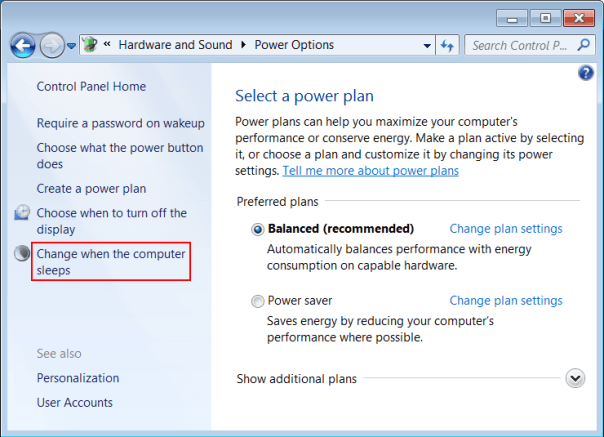From time to time I need to examine data in JSON format. Now unformatted JSON is very hard to read, for example:
{"movies":[{"id":"770739679","title":"Captain America: The First Avenger","year":2011,"mpaa_rating":"PG-13","runtime":121,"critics_consensus":"With plenty of pulpy action, a pleasantly...","release_dates":{"theater":"2011-07-22"},"ratings":{"critics_rating":"Fresh","critics_score":71,"audience_score":96},"synopsis":"Captain America: The First Avenger will focus on the early days...","posters":{"thumbnail":"http://content9.flixster.com/movie/11/15/83/11158339_tmb.jpg","profile":"http://content9.flixster.com/movie/11/15/83/11158339_tmb.jpg","detailed":"http://content9.flixster.com/movie/11/15/83/11158339_tmb.jpg","original":"http://content9.flixster.com/movie/11/15/83/11158339_tmb.jpg"},"abridged_cast":[{"name":"Chris Evans","characters":["Captain America/Steve Rogers","Steve Rogers / Captain America","Steve Rogers/Captain America"]},{"name":"Hayley Atwell","characters":["Peggy Carter"]},{"name":"Sebastian Stan","characters":["Bucky Barnes","James Buchanan \"Bucky\" Barnes"]},{"name":"Tommy Lee Jones","characters":["Colonel Chester Phillips"]},{"name":"Hugo Weaving","characters":["Johann Schmidt/Red Skull","Johann Schmidt/The Red Skull","Red Skull"]}],"alternate_ids":{"imdb":"0458339"}}
I usually use JSON Viewer to format JSON:
{
"movies": [
{
"id": "770739679",
"title": "Captain America: The First Avenger",
"year": 2011,
"mpaa_rating": "PG-13",
"runtime": 121,
"critics_consensus": "With plenty of pulpy action...",
"release_dates": {
"theater": "2011-07-22"
},
"ratings": {
"critics_rating": "Fresh",
"critics_score": 71,
"audience_score": 96
},
"synopsis": "Captain America: The First Avenger will focus...",
"posters": {
"thumbnail": "http://content9.flixster.com/movie/11/15/83/11158339_tmb.jpg",
"profile": "http://content9.flixster.com/movie/11/15/83/11158339_tmb.jpg",
"detailed": "http://content9.flixster.com/movie/11/15/83/11158339_tmb.jpg",
"original": "http://content9.flixster.com/movie/11/15/83/11158339_tmb.jpg"
},
"abridged_cast": [
{
"name": "Chris Evans",
"characters": [
"Captain America/Steve Rogers",
"Steve Rogers / Captain America",
"Steve Rogers/Captain America"
]
},
{
"name": "Hayley Atwell",
"characters": [
"Peggy Carter"
]
},
{
"name": "Sebastian Stan",
"characters": [
"Bucky Barnes",
"James Buchanan \"Bucky\" Barnes"
]
},
{
"name": "Tommy Lee Jones",
"characters": [
"Colonel Chester Phillips"
]
},
{
"name": "Hugo Weaving",
"characters": [
"Johann Schmidt/Red Skull",
"Johann Schmidt/The Red Skull",
"Red Skull"
]
}
],
"alternate_ids": {
"imdb": "0458339"
}
}
]
}
Much better isn't it?
JSON Viewer is great because it also shows JSON in a tree:

Now I can easily expand and collapse elements and quickly understand the structure of the data.
However there is one problem: JSON Viewer doesn't handle large files well. If I try to open 4 MB file it just freezes for few minutes and I have to kill it with Process Explorer.
Do you have the same problem too? How would you like to see the problem solved? Please answer as a comment below.











































